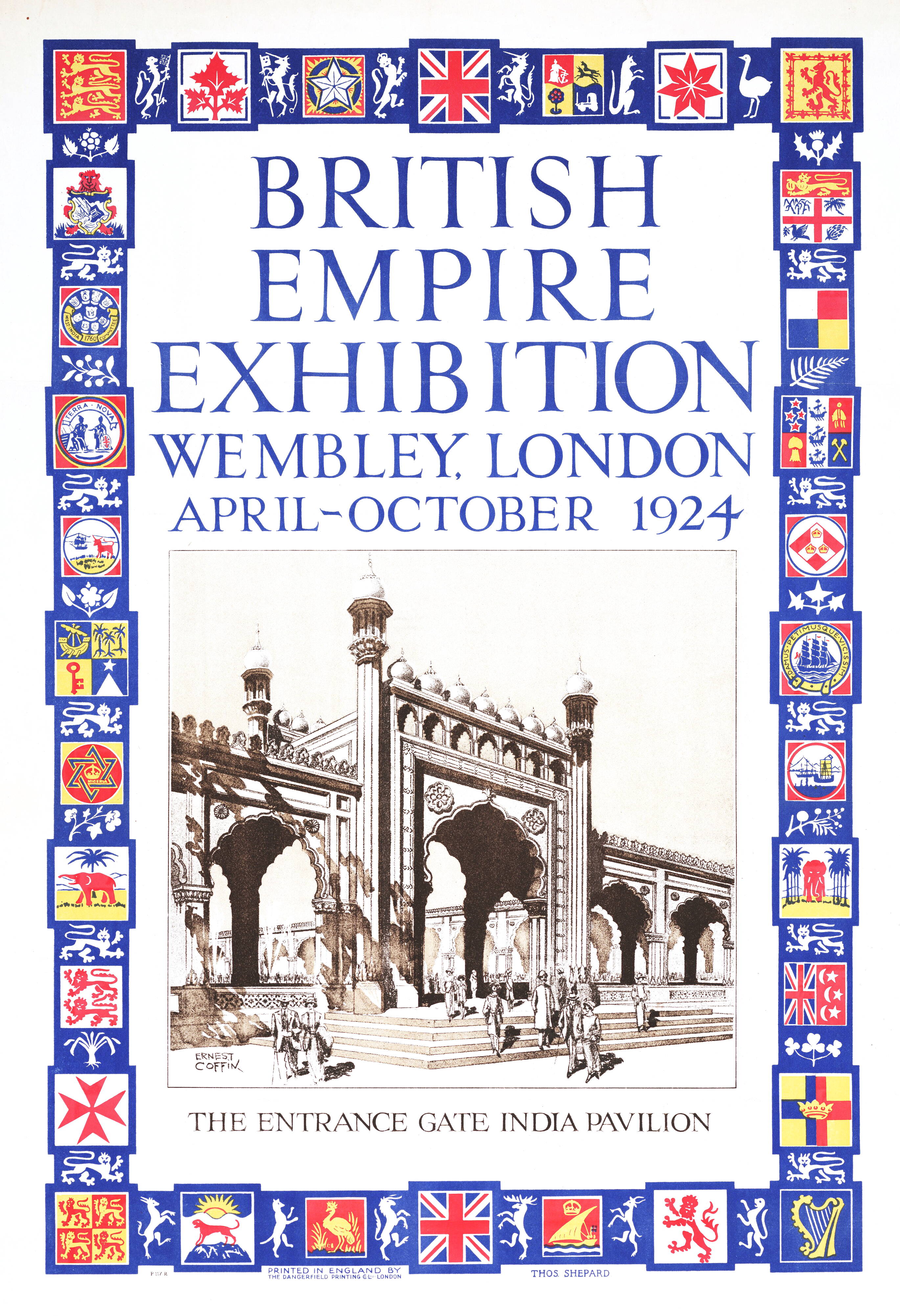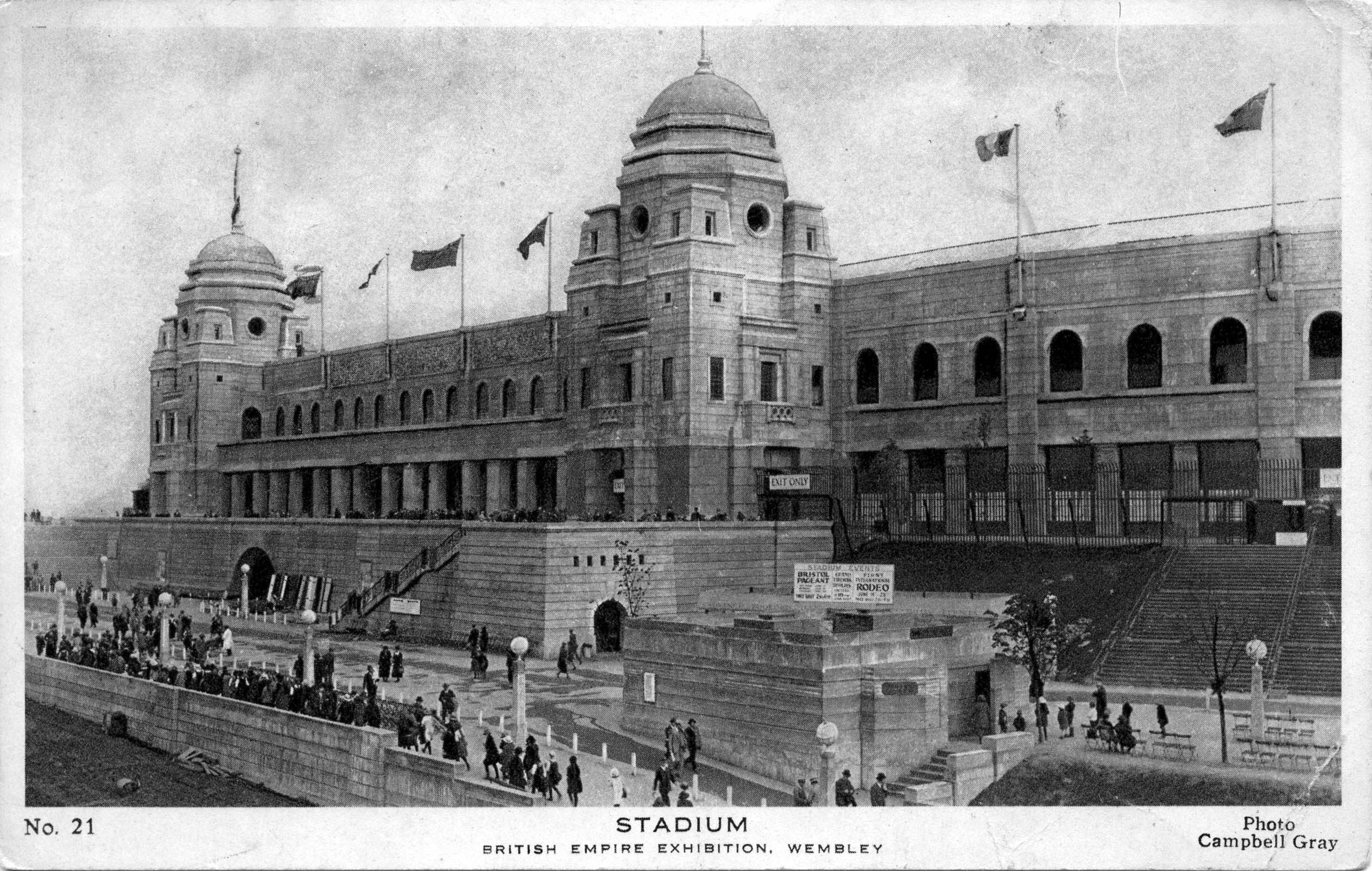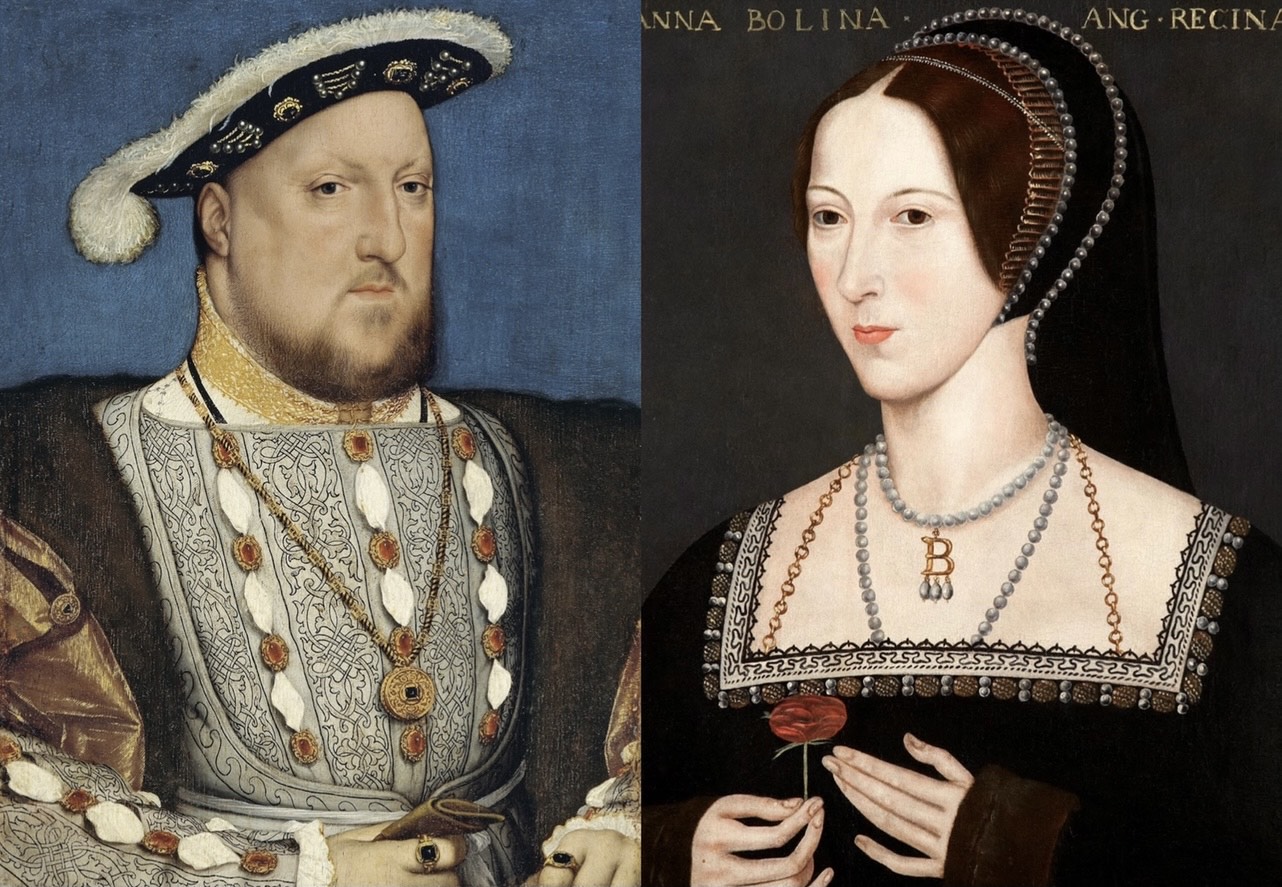|
Sailing Westward
"Sailing Westward" is a poem written by Alfred Noyes, and set to music by the English composer Edward Elgar. It was one of the songs (collectively known as the ''"Pageant of Empire"'') written to be performed in the ''Pageant of Empire'' at the British Empire Exhibition, Wembley Park, on 21 July 1924. The song descriptively commemorates the adventurous English sea-captains who sailed to ''"... chase the setting sun ... westward, thro' the thund'ring gales"''. Elgar used the same music for four other songs in the set: ''" The Islands"'', ''"Gloriana"'' ( Queen Elizabeth I), ''"The Cape of Good Hope"'' (for South Africa) and ''"Indian Dawn"''. This song was arranged by the composer as an accompanied part-song A part song, part-song or partsong is a form of choral music that consists of a song to a secular or non-Liturgy, liturgical sacred text, written or arranged for several voice type, vocal parts. Part songs are commonly sung by an SATB choir, but ... for SATB. Referen ... [...More Info...] [...Related Items...] OR: [Wikipedia] [Google] [Baidu] |
Alfred Noyes
Alfred Noyes CBE (16 September 188025 June 1958) was an English poet, short-story writer and playwright. Early years Noyes was born in Wolverhampton, England the son of Alfred and Amelia Adams Noyes. When he was four, the family moved to Aberystwyth, Wales, where his father taught Latin and Greek. The Welsh coast and mountains were an inspiration to Noyes. Early career In 1898, he left Aberystwyth for Exeter College, Oxford, where he distinguished himself at rowing, but failed to get his degree because he was meeting his publisher to arrange publication of his first volume of poems, ''The Loom of Years'' (1902) on a crucial day of his finals in 1903. ''The Barrel-Organ'' and ''The Highwayman'' Noyes published five more volumes of poetry from 1903 to 1913, among them ''The Flower of Old Japan'' (1903) and ''Poems'' (1904). ''Poems'' included "The Barrel-Organ". "The Highwayman" was first published in the August 1906 issue of ''Blackwood's Magazine'', and included the f ... [...More Info...] [...Related Items...] OR: [Wikipedia] [Google] [Baidu] |
Edward Elgar
Sir Edward William Elgar, 1st Baronet, (; 2 June 1857 – 23 February 1934) was an English composer, many of whose works have entered the British and international classical concert repertoire. Among his best-known compositions are orchestral works including the ''Enigma Variations'', the ''Pomp and Circumstance Marches'', concertos for violin and cello, and two symphonies. He also composed choral works, including ''The Dream of Gerontius'', chamber music and songs. He was appointed Master of the King's Musick in 1924. Although Elgar is often regarded as a typically English composer, most of his musical influences were not from England but from continental Europe. He felt himself to be an outsider, not only musically, but socially. In musical circles dominated by academics, he was a self-taught composer; in Protestant Britain, his Roman Catholicism was regarded with suspicion in some quarters; and in the class-conscious society of Victorian and Edwardian Britain, he was acu ... [...More Info...] [...Related Items...] OR: [Wikipedia] [Google] [Baidu] |
Pageant Of Empire (Elgar)
''Pageant of Empire'' is the title given to a set of songs, to words by Alfred Noyes, written by the English composer Sir Edward Elgar and given important positions in the Pageant of Empire at the British Empire Exhibition at Wembley Park. Details The songs were first performed at the Pageant on 21 July 1924, when they were conducted by the composer. The songs were published by Enoch & Sons. They are: *''1. " Shakespeare's Kingdom"'' *''2. "The Islands (A Song of New Zealand)"'' *''3. " The Blue Mountains (A Song of Australia)"'' *''4. " The Heart of Canada"'' *''5. " Sailing Westward"'' *''6. " Merchant Adventurers"'' *''7. " The Immortal Legions"'' *''8. " A Song of Union"'' Nos. 1 - 7 are for solo singer with accompaniment. No. 2 ''"The Islands"'', No. 5 ''"Sailing Westward"'', and three other poems by Noyes: ''"Indian Dawn"'', ''"The Cape of Good Hope"'' (for South Africa) and ''"Gloriana"'' (Queen Elizabeth I) were also arranged for chorus SATB and have the same musical ... [...More Info...] [...Related Items...] OR: [Wikipedia] [Google] [Baidu] |
Pageant Of Empire
The Pageant of Empire was name given to various historical pageants celebrating the British Empire which were held in Britain during the early twentieth century. For example there was a small Pageant of Empire at the town of Builth Wells in 1909. In 1911 a giant Pageant of Empire took place at the Festival of Empire at the Crystal Palace in Sydenham, where thousands of amateur performers acted out historical scenes The most notable was the Pageant of Empire which took place in London in 1924. The London 1924 Pageant of Empire The most elaborate pageant was in London in 1924. It was directed by pageant master Frank Lascelles on behalf of the British government, for the huge British Empire Exhibition held at the Empire Stadium (later Wembley Stadium), Wembley Park. The Exhibition was opened on 23 April 1924, and the Pageant was performed between 21 July and 30 August. Its full title was ''The Pageant of Empire: An Historical Epic''. The 1924 Pageant had a cast of 15,000 peop ... [...More Info...] [...Related Items...] OR: [Wikipedia] [Google] [Baidu] |
British Empire Exhibition
The British Empire Exhibition was a colonial exhibition held at Wembley Park, London England from 23 April to 1 November 1924 and from 9 May to 31 October 1925. Background In 1920 the British Government decided to site the British Empire Exhibition at Wembley Park, on the site of the pleasure gardens created by Edward Watkin in the 1890s. A British Empire Exhibition had first been proposed in 1902, by the British Empire League, and again in 1913. The Russo-Japanese War had prevented the first plan from being developed and World War I put an end to the second, though there had been a Festival of Empire in 1911, held in part at Crystal Palace.Ian Grosvenor - "Teaching the Empire: The Weekly Bulletin of Empire Study and the British Empire Exhibition", in Martin Lawn (ed.) - ''Modelling the Future: Exhibitions and the Materiality of Education'' (Symposium Books, 2009) p. 107-8 One of the reasons for the suggestion was a sense that other powers, ie America and Japan, were chall ... [...More Info...] [...Related Items...] OR: [Wikipedia] [Google] [Baidu] |
Wembley Park
Wembley Park is a district of the London Borough of Brent, England. It is roughly centred on Bridge Road, a mile northeast of Wembley town centre and northwest from Charing Cross. The name Wembley Park refers to the area that, at its broadest, falls within the limits of a late 18th-century landscaped estate in northern Wembley in the historic Middlesex county. Part of this estate became the location of development in the 1890s after being sold to Edward Watkin and the Metropolitan Railway cutting through the area. Wembley Park was developed into a pleasure and events destination for urban Londoners, with a large fairground made there. It was later also a key area of the Metro-land suburban development in the 1920s - the same decade Empire Stadium was built and the British Empire Exhibition was held. Wembley Park continues to be a recreational centre today, being home to Wembley Stadium, England's primary football stadium and a major sports and entertainment venue; as well a ... [...More Info...] [...Related Items...] OR: [Wikipedia] [Google] [Baidu] |
The Islands (Elgar)
"The Islands" is a poem written by Alfred Noyes, and set to music by the English composer Edward Elgar. It was one of the songs (collectively known as the ''"Pageant of Empire"'') written to be performed in the ''Pageant of Empire'' at the British Empire Exhibition on 21 July 1924. The song is subtitled "A Song of New Zealand". It describes in two verses the atmosphere of the islands and the ties with the motherland. Elgar used the same music for four other songs in the set: ''"Sailing Westward"'', ''"Gloriana"'' (Queen Elizabeth I), ''"The Cape of Good Hope"'' (for South Africa) and ''"Indian Dawn"''. This song was arranged by the composer as an accompanied part-song for SATB SATB is an initialism that describes the scoring of compositions for choirs, and also choirs (or consorts) of instruments. The initials are for the voice types: S for soprano, A for alto, T for tenor and B for bass. Choral music Four-part .... References *Foreman, Lewis (ed.),"Oh, My Horses! E ... [...More Info...] [...Related Items...] OR: [Wikipedia] [Google] [Baidu] |
Elizabeth I Of England
Elizabeth I (7 September 153324 March 1603) was Queen of England and Ireland from 17 November 1558 until her death in 1603. Elizabeth was the last of the five House of Tudor monarchs and is sometimes referred to as the "Virgin Queen". Elizabeth was the daughter of Henry VIII and Anne Boleyn, his second wife, who was executed when Elizabeth was two years old. Anne's marriage to Henry was annulled, and Elizabeth was for a time declared illegitimate. Her half-brother Edward VI ruled until his death in 1553, bequeathing the crown to Lady Jane Grey and ignoring the claims of his two half-sisters, the Catholic Mary and the younger Elizabeth, in spite of statute law to the contrary. Edward's will was set aside and Mary became queen, deposing Lady Jane Grey. During Mary's reign, Elizabeth was imprisoned for nearly a year on suspicion of supporting Protestant rebels. Upon her half-sister's death in 1558, Elizabeth succeeded to the throne and set out to rule by good counsel. S ... [...More Info...] [...Related Items...] OR: [Wikipedia] [Google] [Baidu] |
Cape Of Good Hope
The Cape of Good Hope ( af, Kaap die Goeie Hoop ) ;''Kaap'' in isolation: pt, Cabo da Boa Esperança is a rocky headland on the Atlantic coast of the Cape Peninsula in South Africa. A common misconception is that the Cape of Good Hope is the southern tip of Africa, based on the misbelief that the Cape was the dividing point between the Atlantic and Indian oceans, and have nothing to do with north or south. In fact, by looking at a map, the southernmost point of Africa is Cape Agulhas about to the east-southeast. The currents of the two oceans meet at the point where the warm-water Agulhas current meets the cold-water Benguela current and turns back on itself. That oceanic meeting point fluctuates between Cape Agulhas and Cape Point (about east of the Cape of Good Hope). When following the western side of the African coastline from the equator, however, the Cape of Good Hope marks the point where a ship begins to travel more eastward than southward. Thus, the firs ... [...More Info...] [...Related Items...] OR: [Wikipedia] [Google] [Baidu] |
South Africa
South Africa, officially the Republic of South Africa (RSA), is the southernmost country in Africa. It is bounded to the south by of coastline that stretch along the South Atlantic and Indian Oceans; to the north by the neighbouring countries of Namibia, Botswana, and Zimbabwe; and to the east and northeast by Mozambique and Eswatini. It also completely enclaves the country Lesotho. It is the southernmost country on the mainland of the Old World, and the second-most populous country located entirely south of the equator, after Tanzania. South Africa is a biodiversity hotspot, with unique biomes, plant and animal life. With over 60 million people, the country is the world's 24th-most populous nation and covers an area of . South Africa has three capital cities, with the executive, judicial and legislative branches of government based in Pretoria, Bloemfontein, and Cape Town respectively. The largest city is Johannesburg. About 80% of the population are Black Sou ... [...More Info...] [...Related Items...] OR: [Wikipedia] [Google] [Baidu] |
Part-song
A part song, part-song or partsong is a form of choral music that consists of a song to a secular or non-liturgical sacred text, written or arranged for several vocal parts. Part songs are commonly sung by an SATB choir, but sometimes for an all-male or all-female ensemble. This music is usually homophonic, meaning that the highest part carries the melody and the other voices or parts supply the accompanying harmonies, in contrast to songs that are contrapuntal, as are madrigals. Part songs are intended to be sung a cappella, that is without accompaniment, unless an instrumental accompaniment is particularly specified. The part song was created in Great Britain, first growing from, and then gradually superseding, the earlier form of glee, as well as being particularly influenced by the choral works of Felix Mendelssohn (1809–1847). This was linked with the growth of choral societies during the 19th century which were larger groups than glee clubs had been.Hillier, Paul. Prefa ... [...More Info...] [...Related Items...] OR: [Wikipedia] [Google] [Baidu] |
SATB
SATB is an initialism that describes the scoring of compositions for choirs, and also choirs (or consorts) of instruments. The initials are for the voice types: S for soprano, A for alto, T for tenor and B for bass. Choral music Four-part harmony using soprano, alto, tenor and bass is a common scoring in classical music, including chorales and most Bach cantatas.Shrock, DennisChoral Repertoire''Oxford University Press'', 2009, p. 298, The letters of the abbreviation are also used by publishers to describe different scorings for soloists and choirs other than four-part harmony. For example, the listing "STB solos, SATB choir", of Bach's ''Wachet auf, ruft uns die Stimme'', BWV 140, indicates that a performance needs three soloists: soprano, tenor and bass, and a four-part choir. "SATB/SATB" is used when a double choir is required, as in Penderecki's '' Polish Requiem''. or SSATB, with divided sopranos, which is a typical scoring in English church music. A listing for Ba ... [...More Info...] [...Related Items...] OR: [Wikipedia] [Google] [Baidu] |




.jpg)

